
What is a Sukajan?
1. "Sukajan" is a souvenir jacket that was originally brought back by American soldiers as a souvenir.
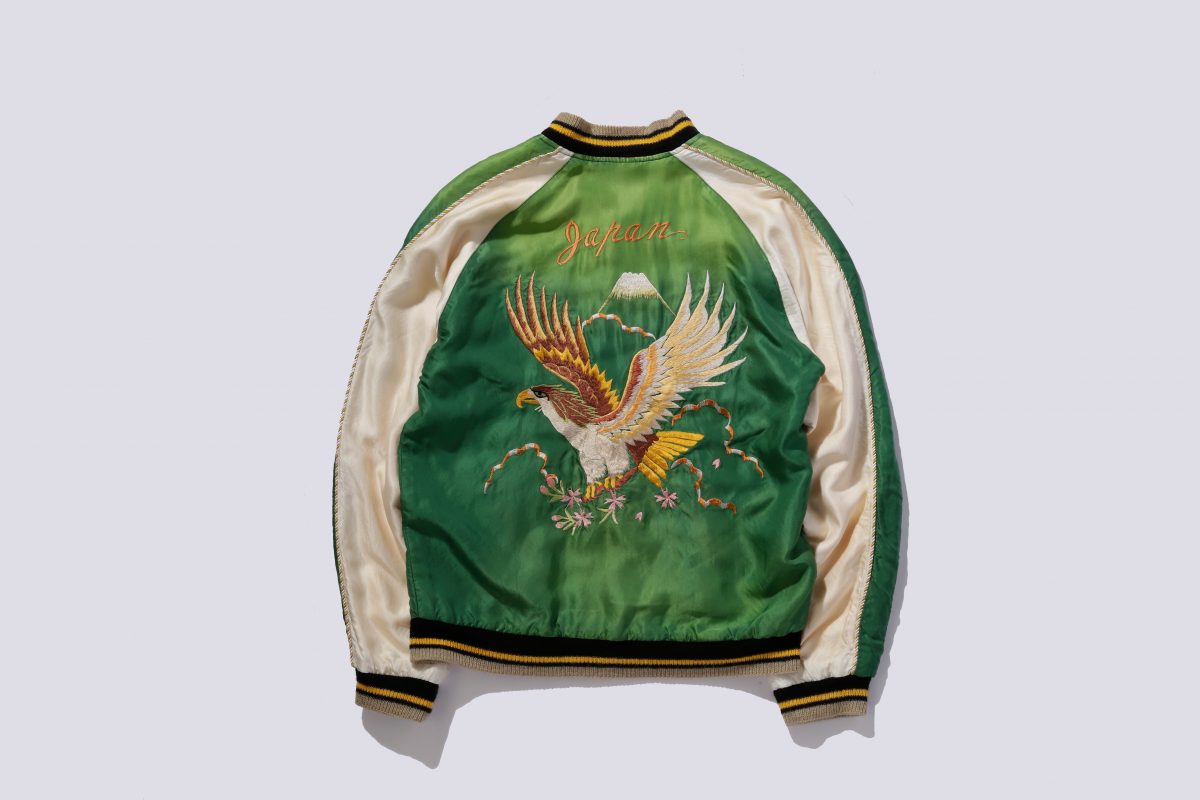
1. In Japan, the jacket made of satin-like material known as "sukajan" is characterized by bold embroidery on the front and back, which is its most distinctive feature. In the United States, it is known as the "souvenir jacket," and its roots can be traced back to the early post-war period when American military personnel stationed in Japan began embroidering Japanese-style Oriental patterns and motifs from their units on jackets as souvenirs.
At that time, American soldiers stationed in Japan were fond of purchasing traditional Japanese items such as kimonos and obi as souvenirs. Observing this trend, the employees of "Koshokusha" decided to create jackets for American soldiers that resembled friendly baseball jackets and adorned them with Oriental embroidery motifs that the soldiers liked. This idea became a tremendous success. Due to wartime material shortages, silk-like acetate rayon was used for the jacket bodies.
These jackets were initially delivered to military bases all over Japan, and eventually, they began regular deliveries to overseas U.S. military bases, reaching their peak in the 1950s. In the Yokosuka area of Japan, they became available to the general public and became a fashion trend known as "sukajan" in the 1970s.
In recent years, there has been a revival of sukajan jackets, particularly among women, and they have become highly sought-after in select shops and mainstream fashion.
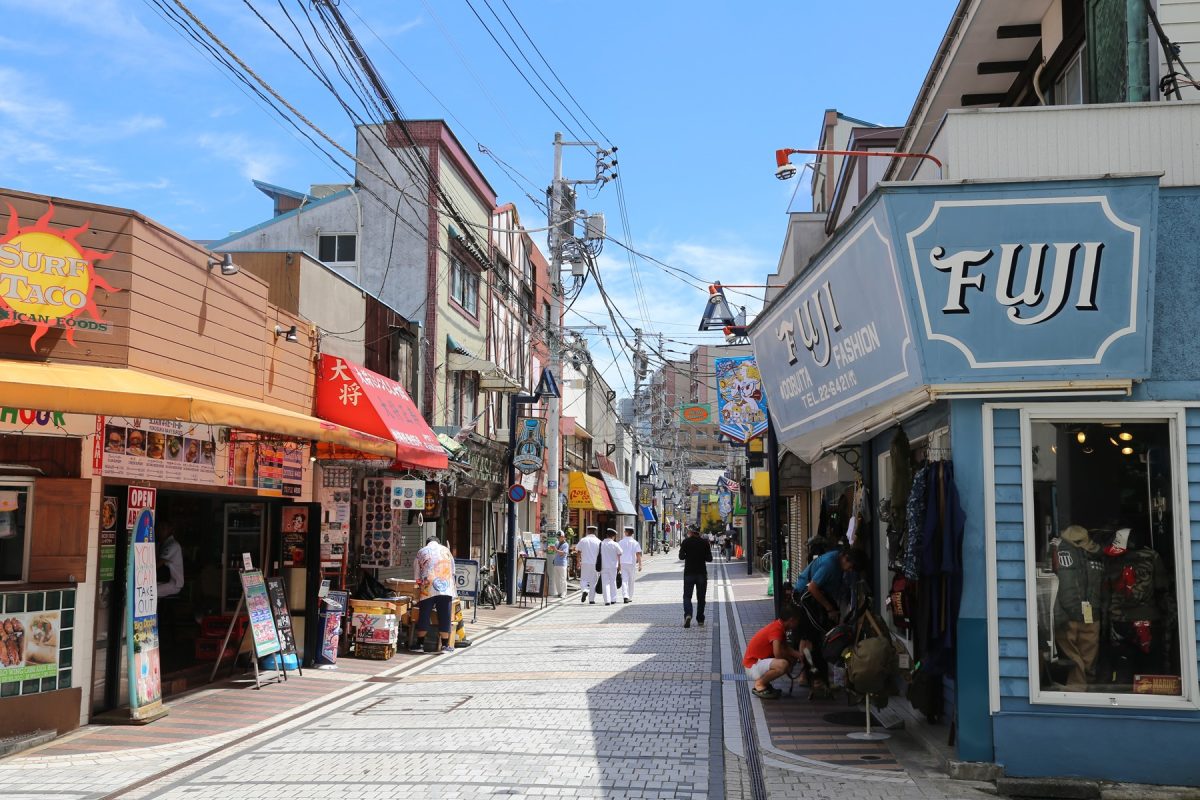
Interesting Fact: You can still find American military personnel and members of the Japan Maritime Self-Defense Force visiting the area known as "Dobuita Street" in Yokosuka, where they frequently shop. This street, which stretches from Keikyu Shioiri Station to the U.S. Navy base, retains a strong American atmosphere and serves as a shopping destination for these personnel.
2. What Materials Are Used in Sukajan Jackets?
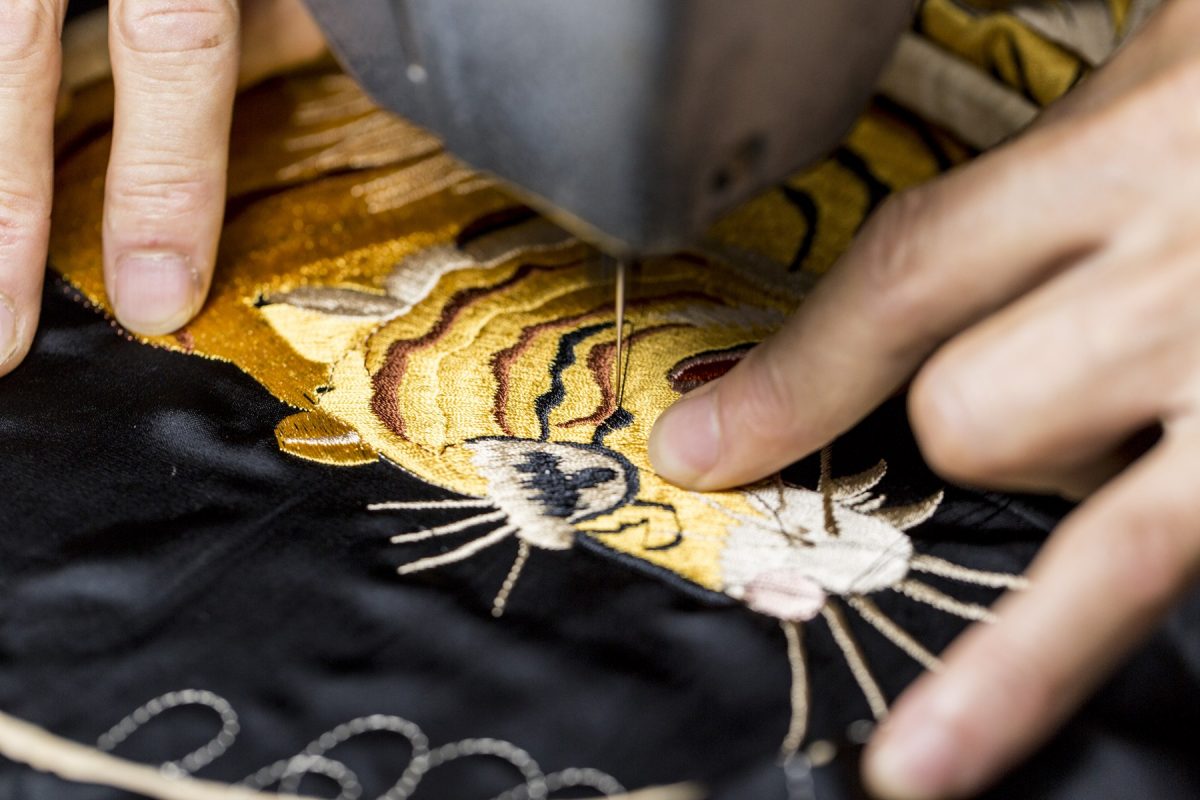
The charm of sukajan jackets lies in the shimmering satin material that reflects various colors and is adorned with extravagant embroidery, creating a unique one-of-a-kind feel.
On the other hand, there are also sukajan jackets made with a "pile" body, known as "becchin," created by weaving a horizontal yarn to form a surface with a fuzzy texture. These "becchin" jackets often feature quilting and are suitable for colder weather, making them a must-have for fans.
Let's take a closer look at the materials:
Acetate Rayon: The majority of sukajan jackets introduced after World War II used acetate rayon. It offers a sense of luxury similar to silk and is beloved by vintage enthusiasts for its unique drape and aging characteristics.
Becchin: Another appealing aspect of sukajan jackets is the becchin body. Although it's not satin, this fuzzy velvety material, known as becchin or velour, has become a well-established material in sukajan jackets, known for its textured appearance.
Quilting: Quilting is often used on reversible sukajan jackets with padding inside. It not only helps distribute the padding evenly but also serves as a design accent. These jackets are commonly worn in colder weather.
Vintage Processing: Tailor Toyo has introduced a new sukajan processing technique. It replicates the fading of authentic vintage sukajan jackets without damaging the fabric, achieving an authentic vintage look.
3. What Do the Embroidery Motifs Symbolize?
Custom embroidery motifs on sukajan jackets often combine various Japanese-inspired motifs, such as "eagle," "tiger," "dragon," along with other Oriental designs. Let's explore the origins of these design motifs:
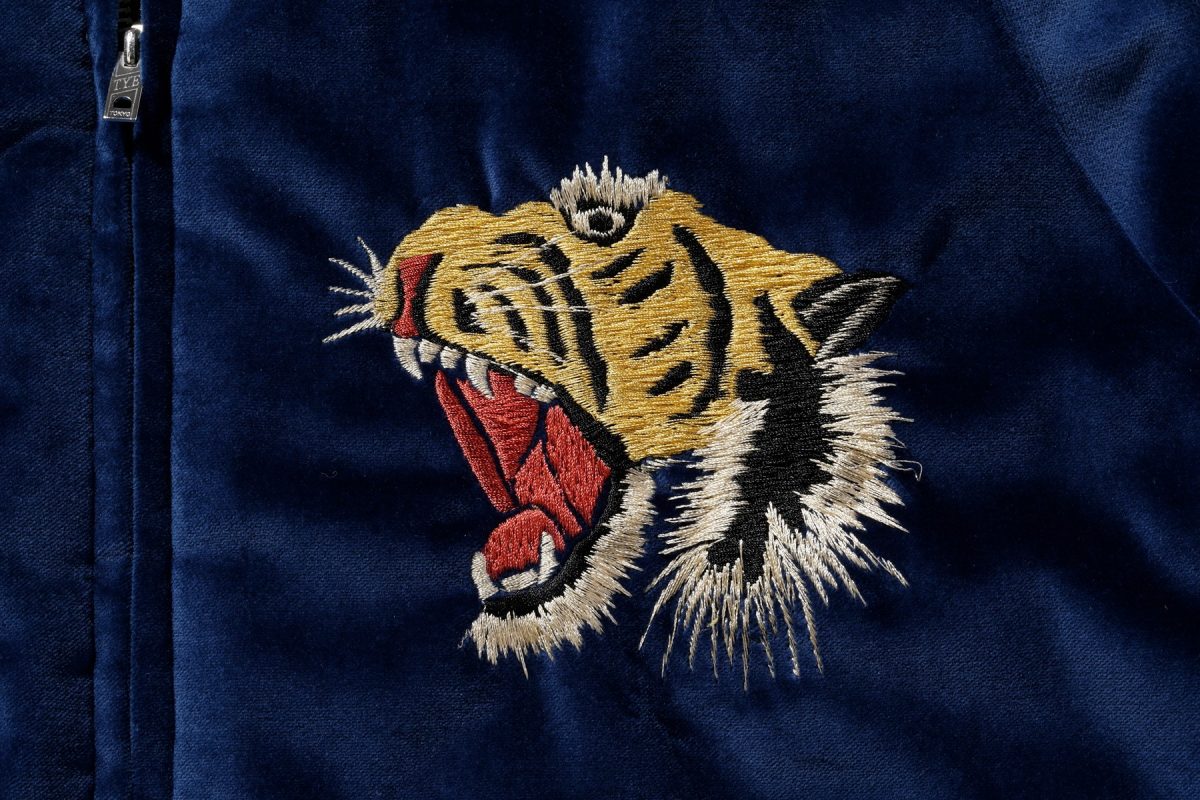
Tiger (Tora): Tigers are known for their representation as a prominent mammal in Asia. In Japan, they have been popular since ancient times and are seen as a symbol of strength. Tigers are also a classic and well-loved design among Americans.
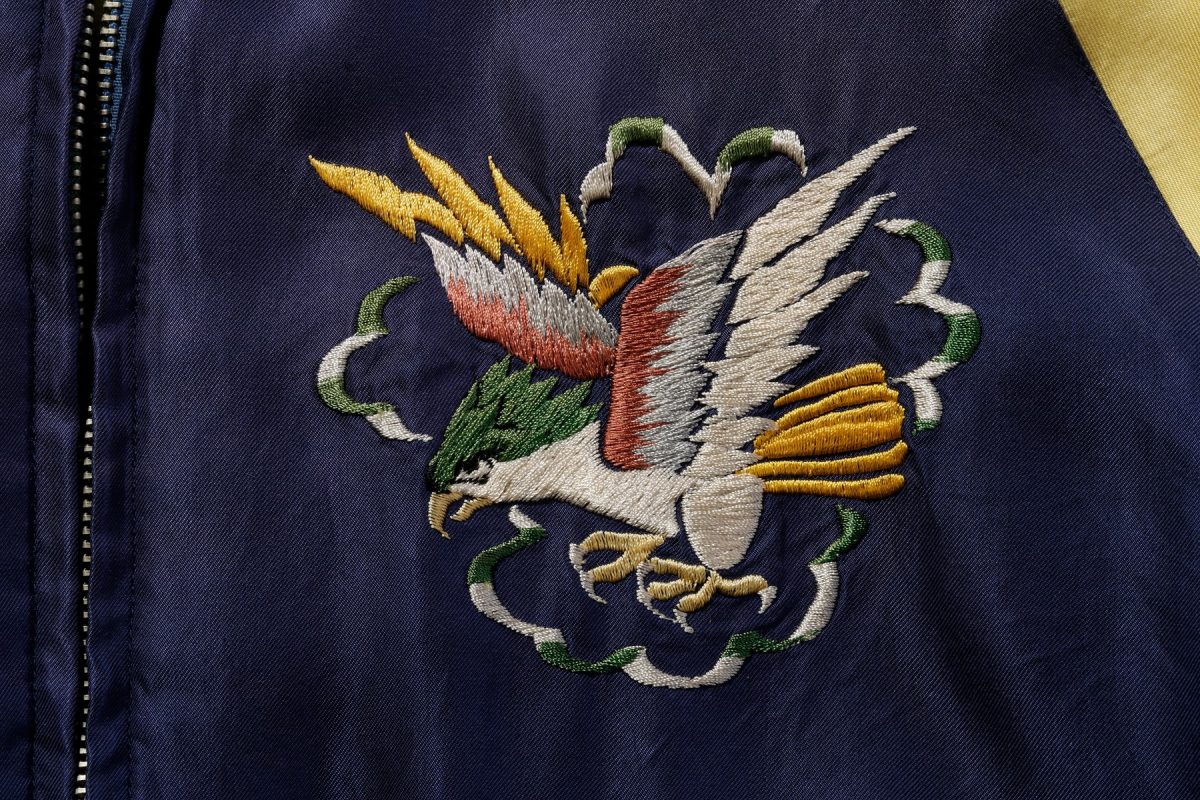
Eagle (Washi): The bald eagle, a symbol of the United States, exudes masculine qualities and is one of the most favored motifs among Americans. It's frequently used in bomber jackets and other military-related items.
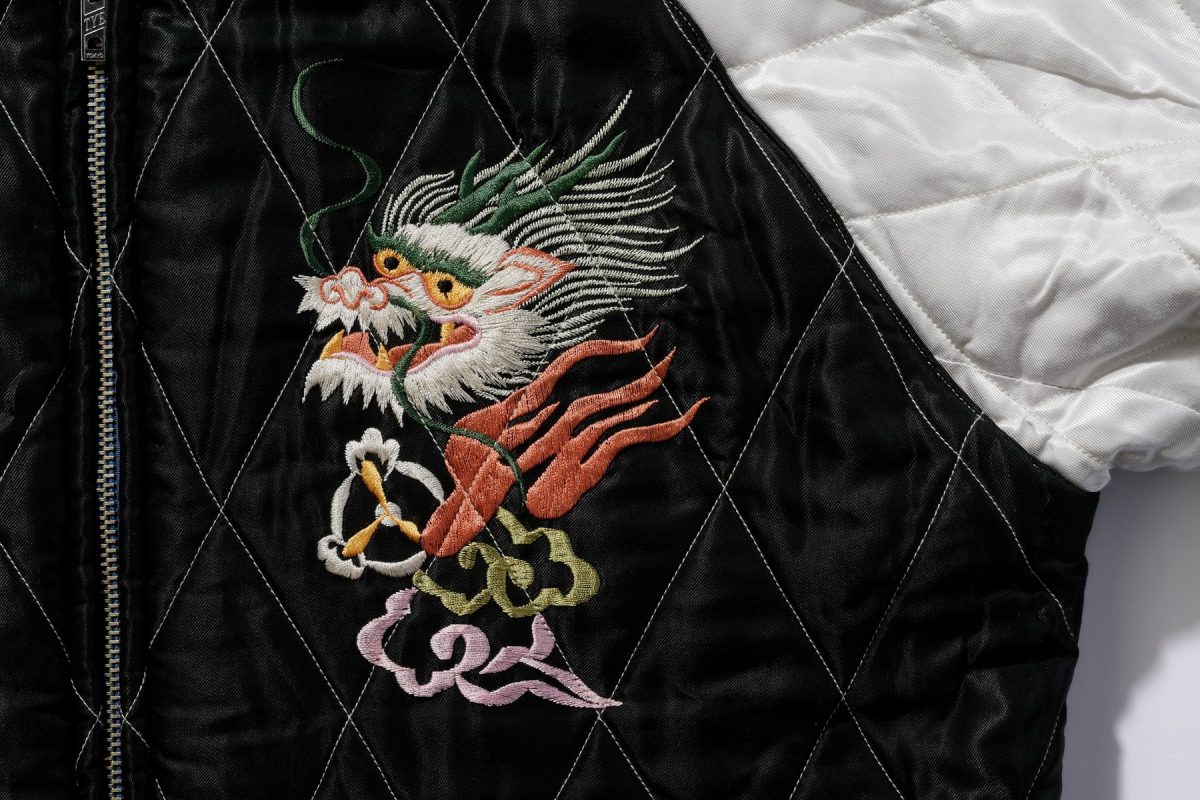
Dragon (Ryu): Although originally a mythical creature from Chinese tradition, the decorative design of dragons found favor among Americans who appreciated Oriental patterns. Dragons are known for their diverse and numerous design variations.
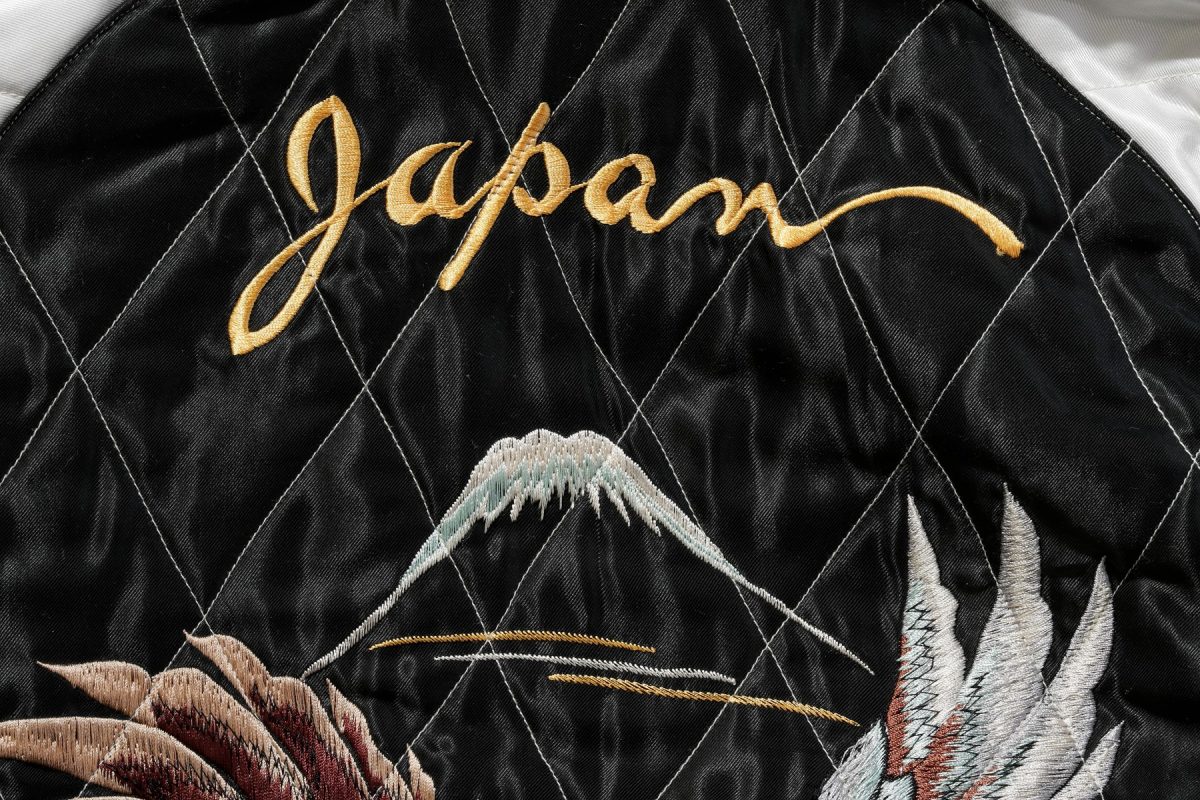
Japan (Nihon): Sukajan jackets often feature motifs that evoke Japan, such as Japanese gardens, Mount Fuji, and geisha. These symbols are typically embroidered on the back, representing the jacket's origin as a "souvenir."
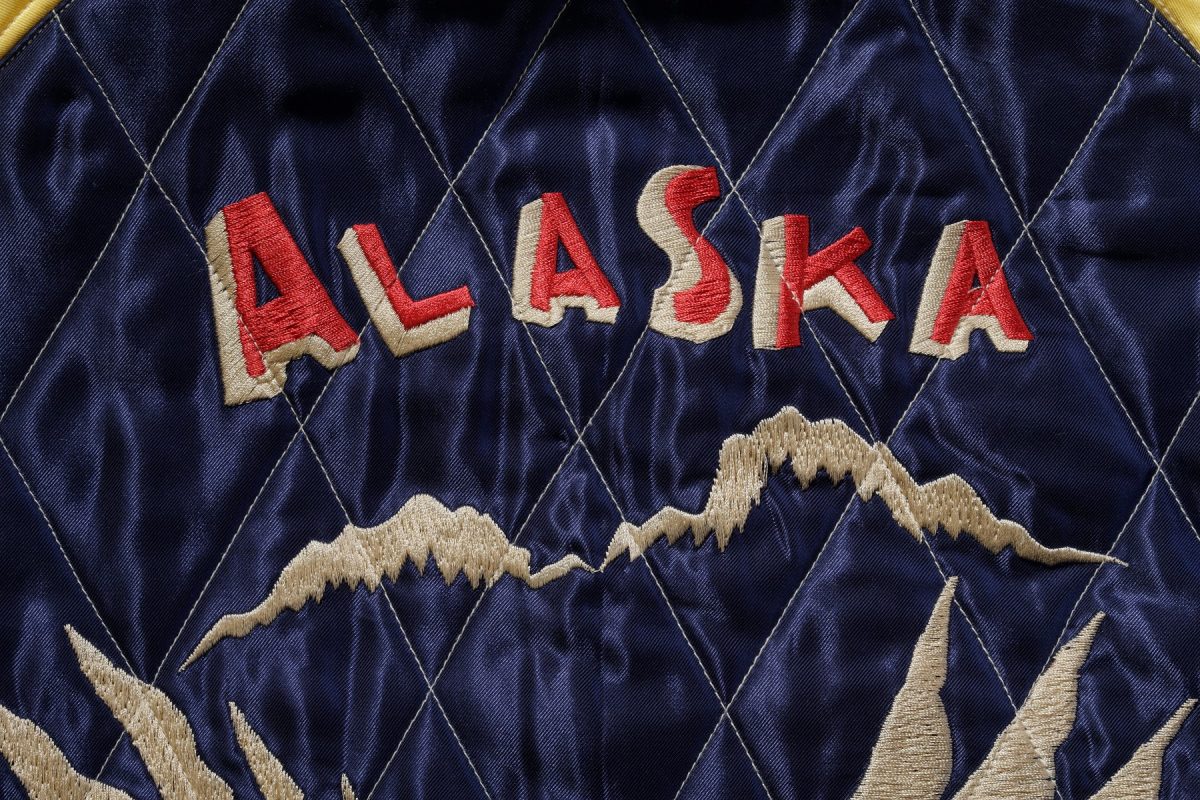
Regional Names: Sukajan jackets that were delivered to military bases in various parts of Japan often display the names of those regions as embroidery. This practice extended to military bases worldwide during the 1950s.
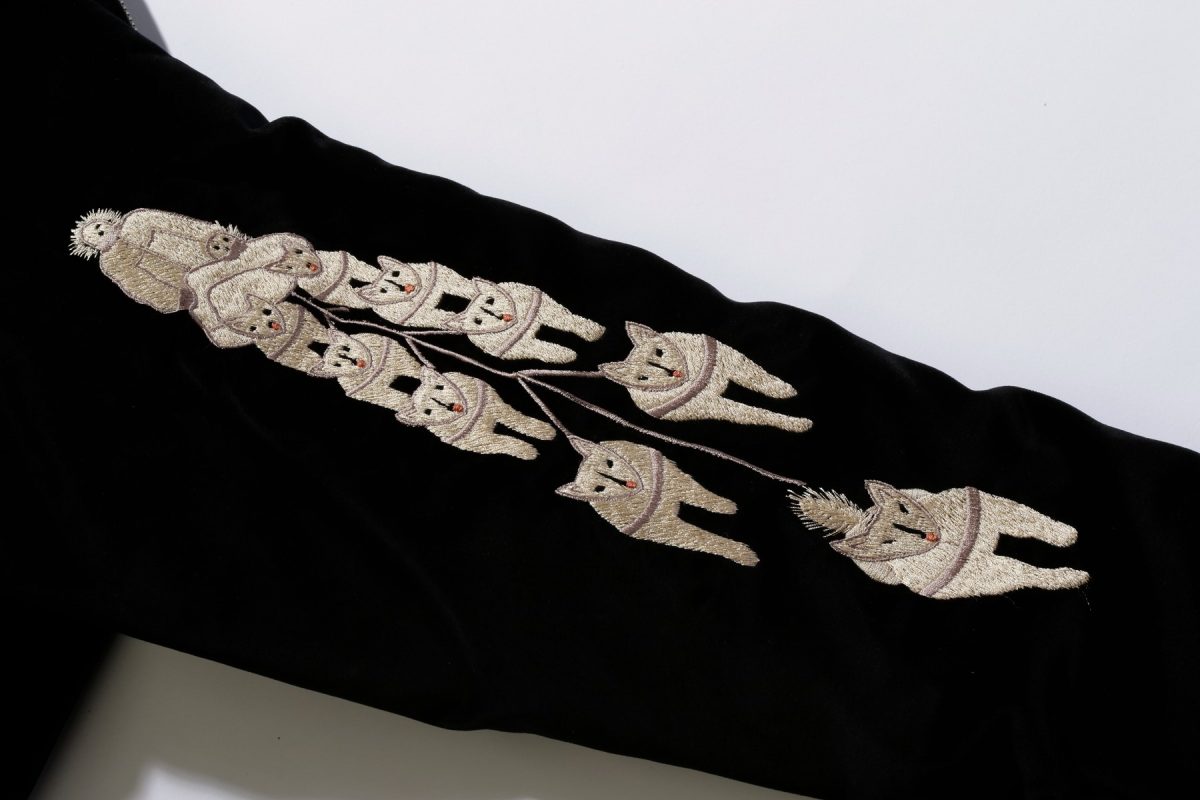
Motifs: While many pre-made sukajan jackets were available, custom-order sukajan jackets were also popular. These could feature designs inspired by the wearer's unit, the local scenery around the base, or motifs from their hometown.
Interesting Fact:
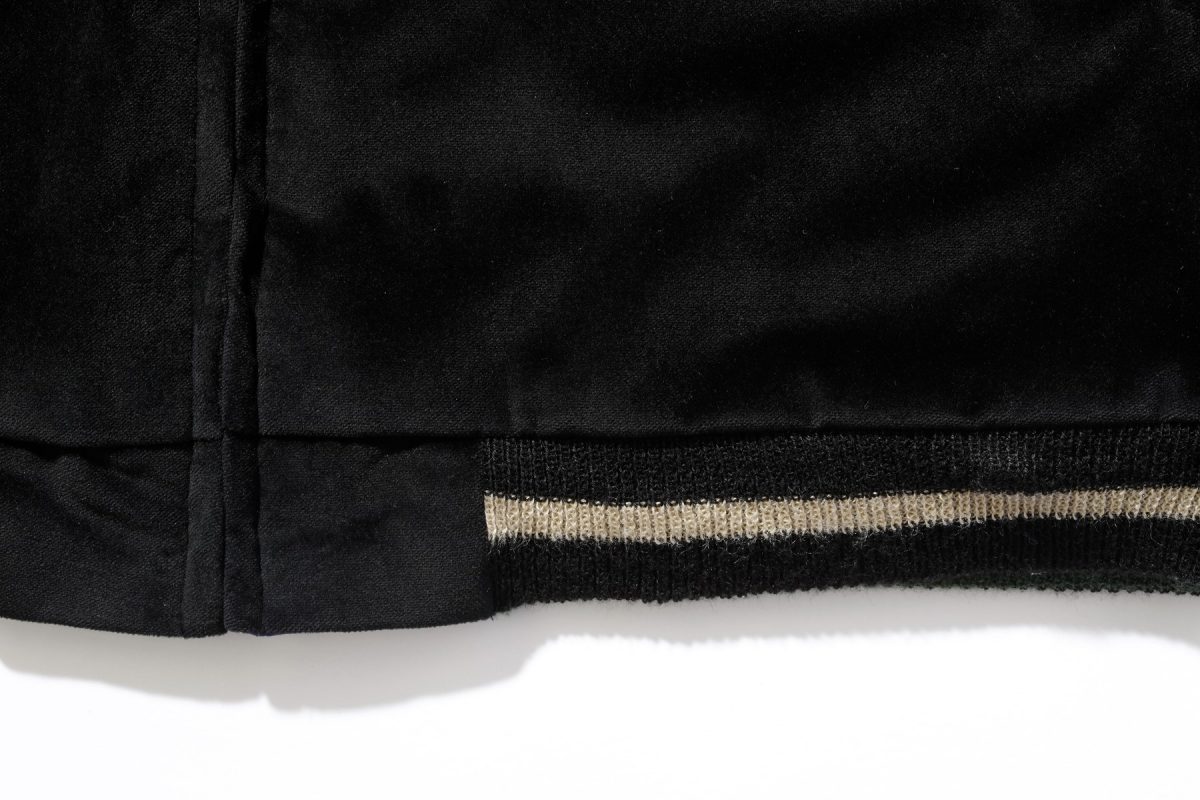
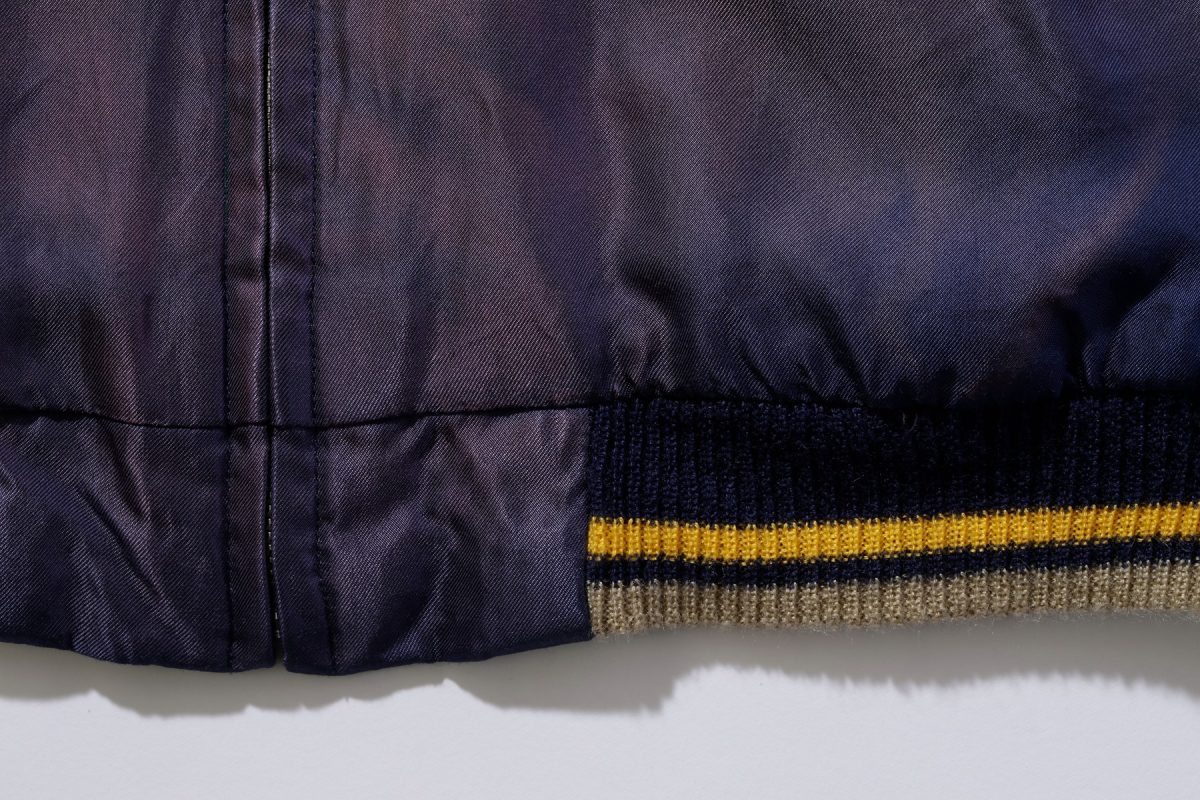
Pay attention to the ribbing as well. Sukajan jackets come in various patterns, ranging from wide ribbing to jackets with one or two lines. The pattern of the embroidery can influence the ribbing's design. Many people appreciate the aging and distressing of ribbing as part of the jacket's character.
4. 'The Wanderers': A Stylish Reference for Sukajan Jacket Outfits
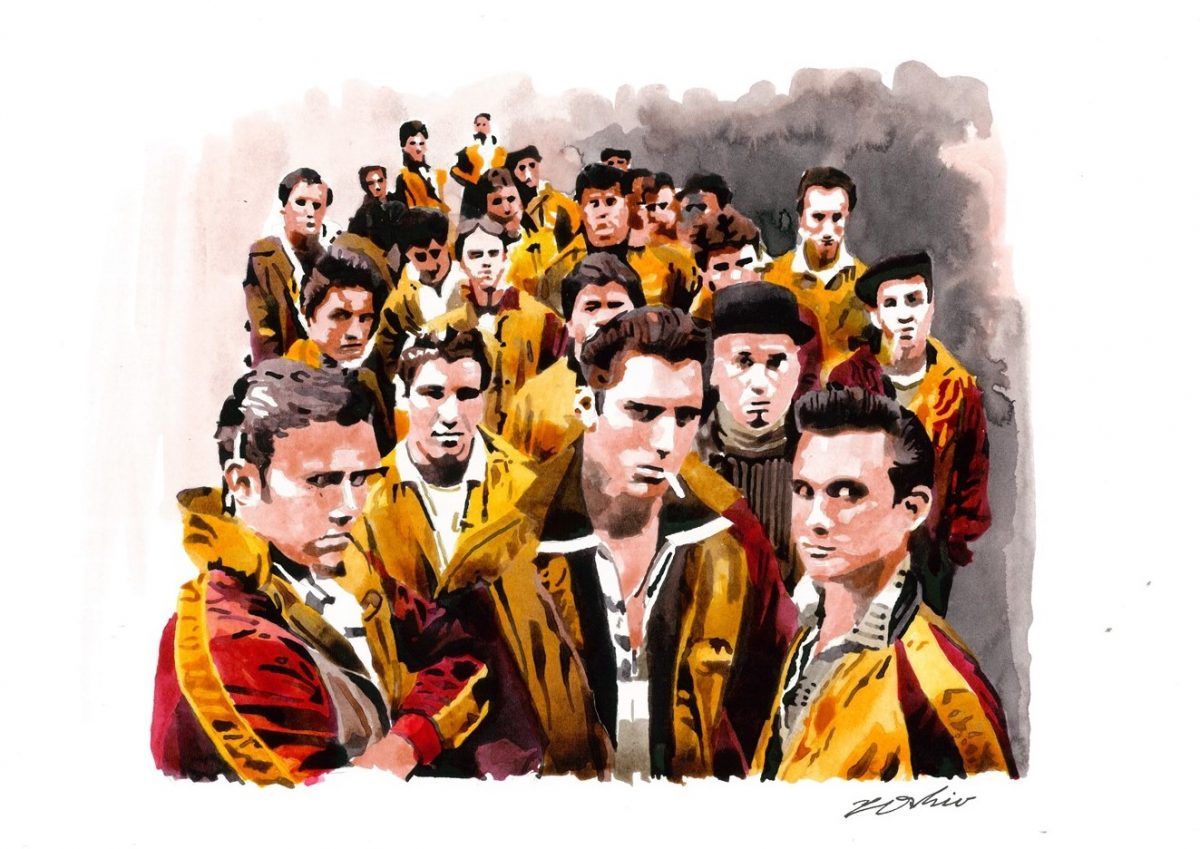
In the United States, a melting pot of different races and ethnicities, issues related to racial tensions and conflicts have shaped its history. When it comes to American films depicting youth culture, racial issues are often a significant factor. Whether it's "West Side Story" from the 1960s or "The Outsiders" from the 1980s, these films portraying the lives of rebellious youth typically involve racial themes.
One such film from the late 1970s, "The Wanderers," is set in the early 1960s in the working-class Bronx neighborhood of New York City. It tells the story of the struggles and adventures of immigrant youth with a history of hardship.
The film includes various youth gangs such as the predominantly African American Del Bombers, the Chinese-American Wongs, the Skinheads, and the Italian-American Wanderers. To establish their identities and show unity, they all choose to wear "sukajan" jackets. While technically they might be satin baseball jackets, the glamorous gold and red color block designs are undoubtedly a reference for sukajan jacket styling.
5. Tailor Toyo: The Recommended Brand for Fashionable People
In the late 1940s to the 1960s, immediately after World War II, sukajan jackets were created in Japan as souvenirs for American soldiers. At the time, American soldiers stationed in Japan frequently purchased Japanese items such as dolls and pottery as souvenirs when returning to their homeland. During this period, Japanese manufacturers began producing jackets that resembled American baseball jackets, adorned with traditional Japanese-style embroidery, including eagles, tigers, and dragons, which was the beginning of sukajan jackets, as mentioned earlier.
One of the major manufacturers at the time was "Koshokusha." The current brand known as "Tailor Toyo" is the predecessor of "Toyo Enterprise," which originated from "Koshokusha."
Back then, Koshokusha supplied these jackets to the PX (post exchange) stores located within American military bases, where they became popular among American soldiers. Eventually, they became a trend among young people around the Yokosuka area, and the term "Yokosuka Jacket" or "sukajan" became synonymous with these jackets and spread throughout Japan.
Due to this history, when people think of sukajan jackets, they often think of "Tailor Toyo." It has become an iconic brand, particularly among fashionable men who appreciate authenticity. The brand's dedication to embroidery and fabric quality is unparalleled, and this reputation is due to its rich archive of vintage pieces.
Here are some popular items from Tailor Toyo that have been featured in Lightning Magazine:
Early 1950s Style Acetate Souvenir Jacket “KOSHO & CO.” Special Edition “BAMBOO & TIGER” x “TIGER PRINT”:
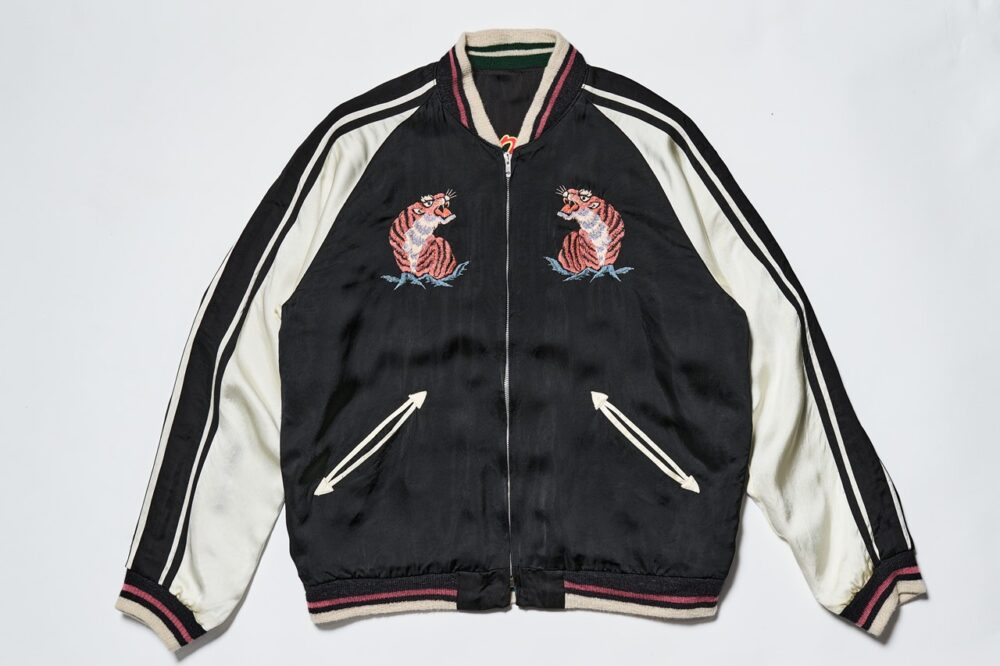
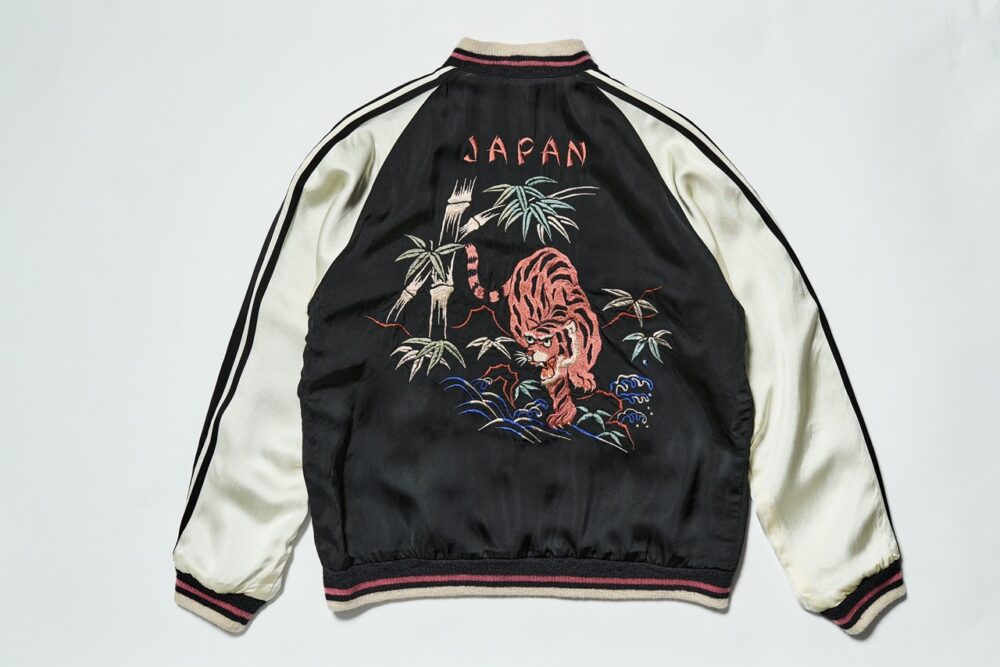
REVERSIBLE
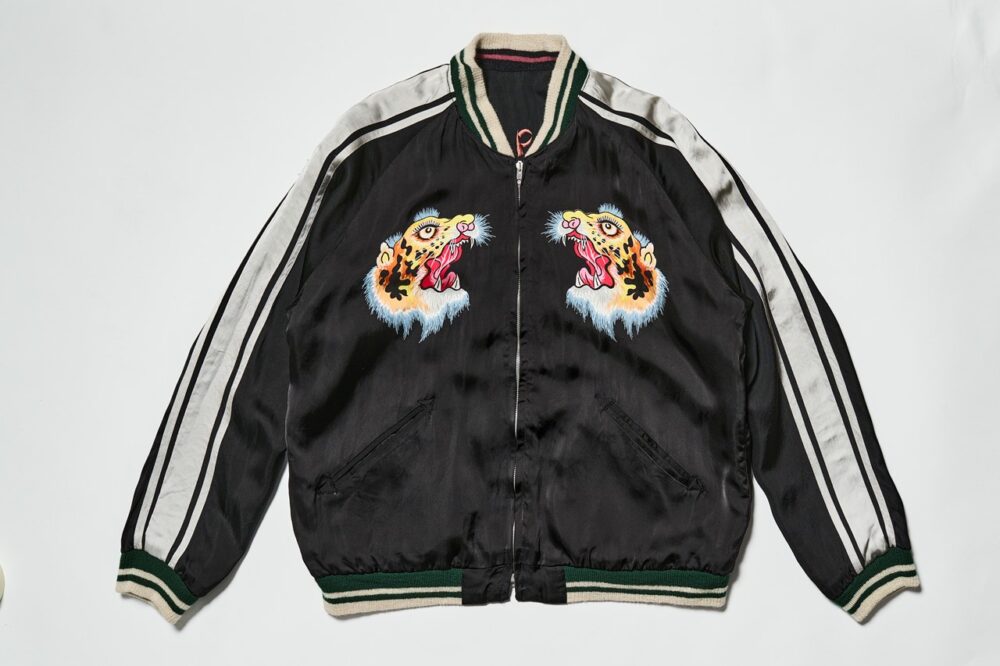

This jacket is a fusion of two vintage pieces from the early 1950s, combining the tiger motif from one side to create a unique design. It features a bamboo forest and a tiger emerging from it. The reverse side has a hand-printed tiger motif. The craftsmanship is exceptional.
Early 1950s Style Acetate Souvenir Jacket “KOSHO & CO.” Special Edition “TIGER HEAD” x “ROARING TIGER”:
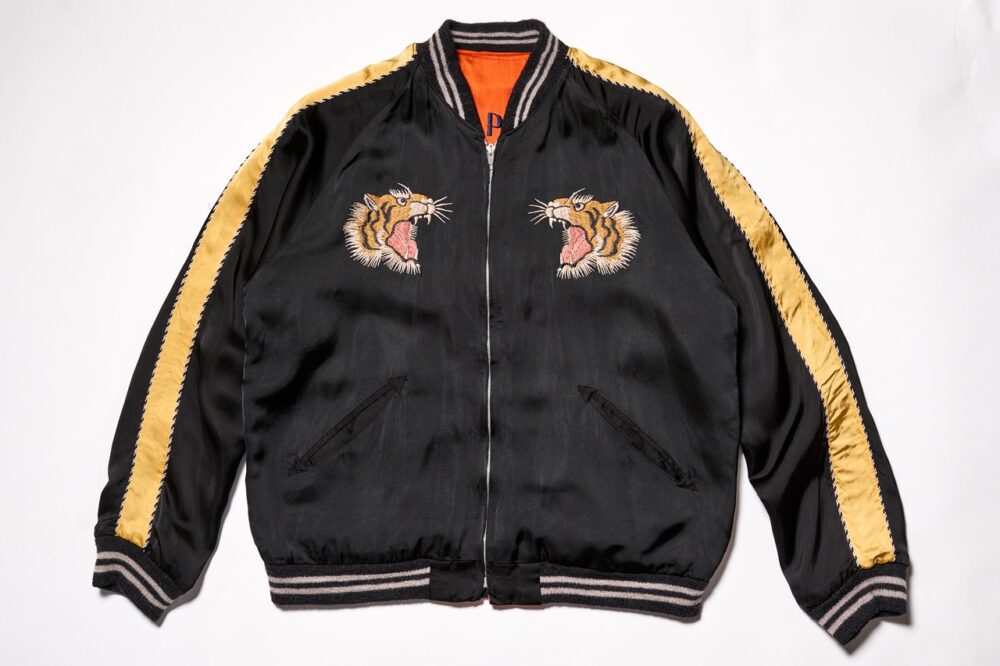
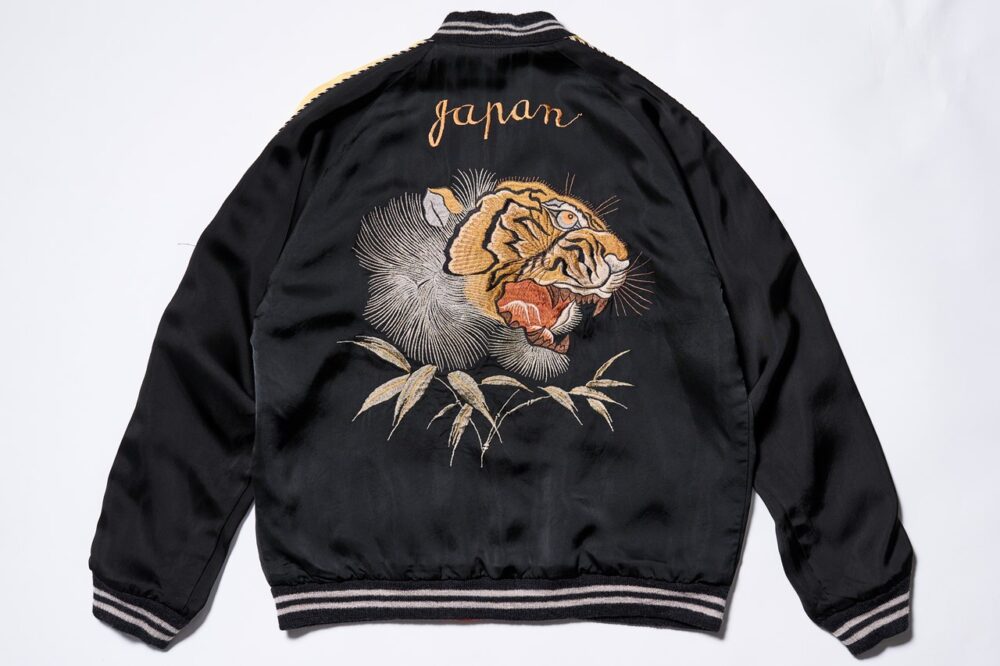
REVERSIBLE

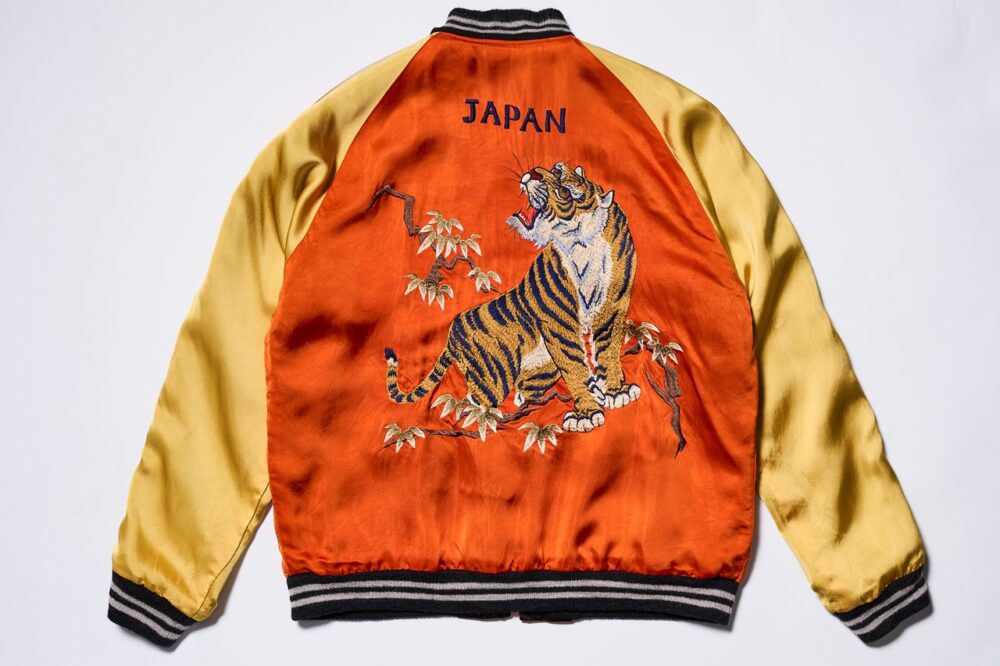
Another jacket created by combining vintage pieces from the early 1950s. The front side features a powerful "Tiger Head" motif, and the craftsmanship, especially the embroidery of the tiger's mane, is remarkable. The reverse side depicts a rare composition of a tiger in the sky, emphasizing the contrast with the navy body.
Avirex and Tailor Toyo Collaboration Limited to 250 Sukajan Jackets:
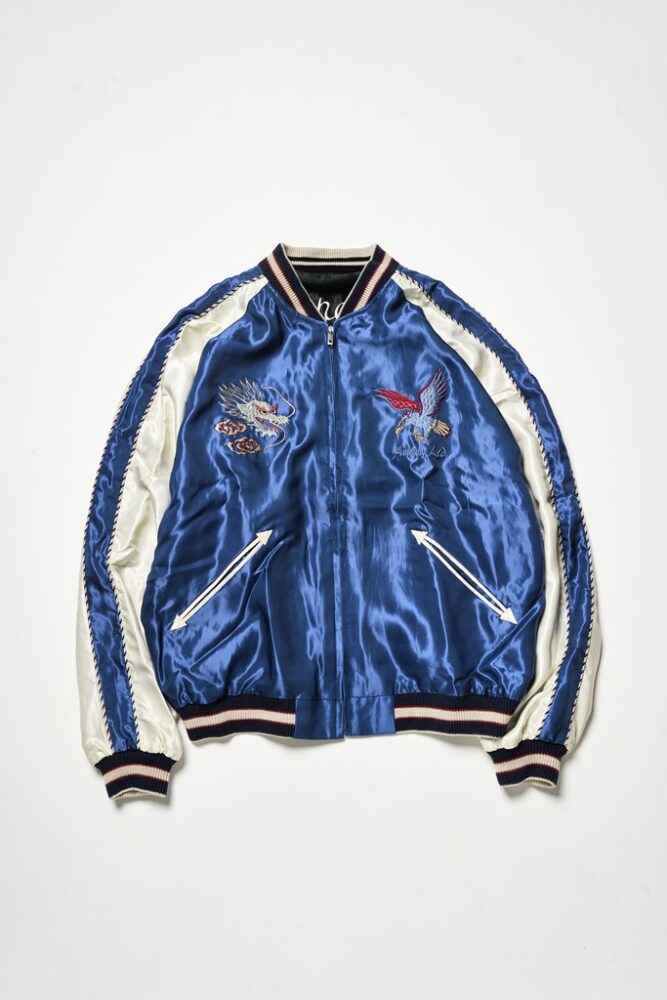
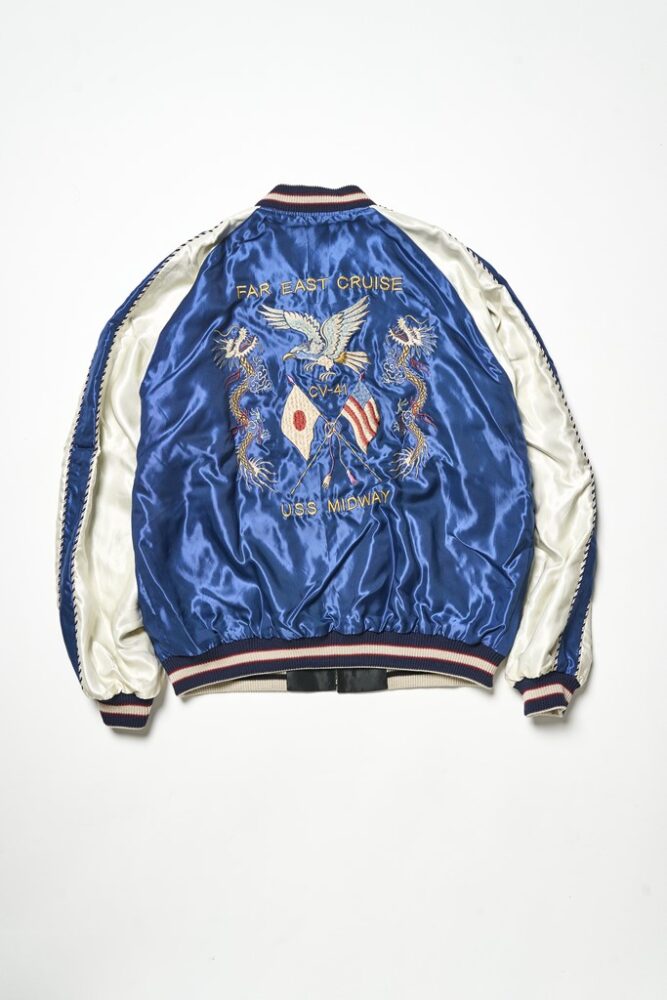
REVERSIBLE
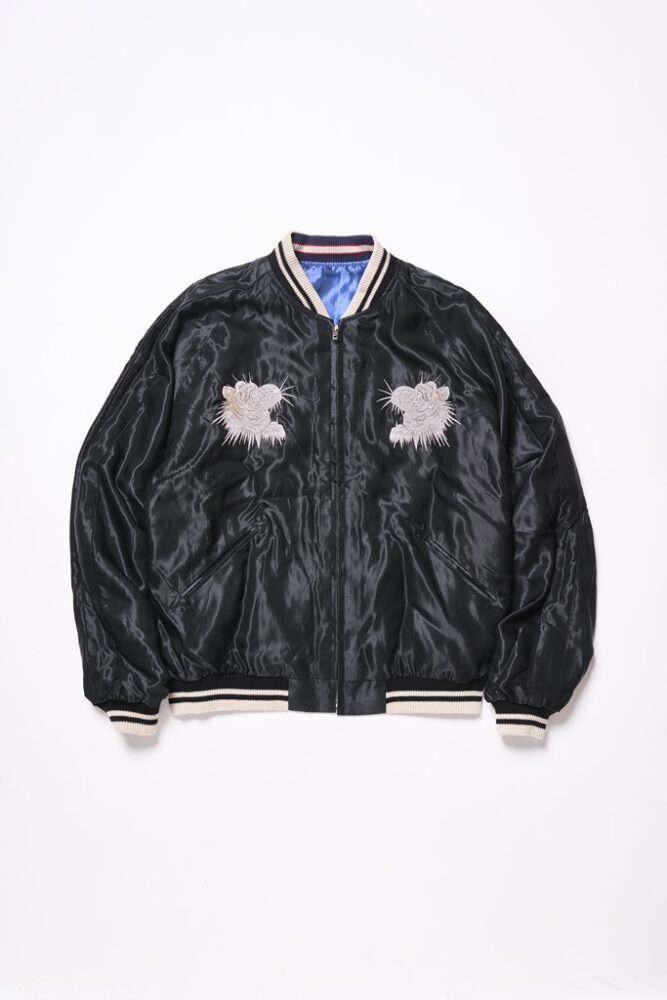
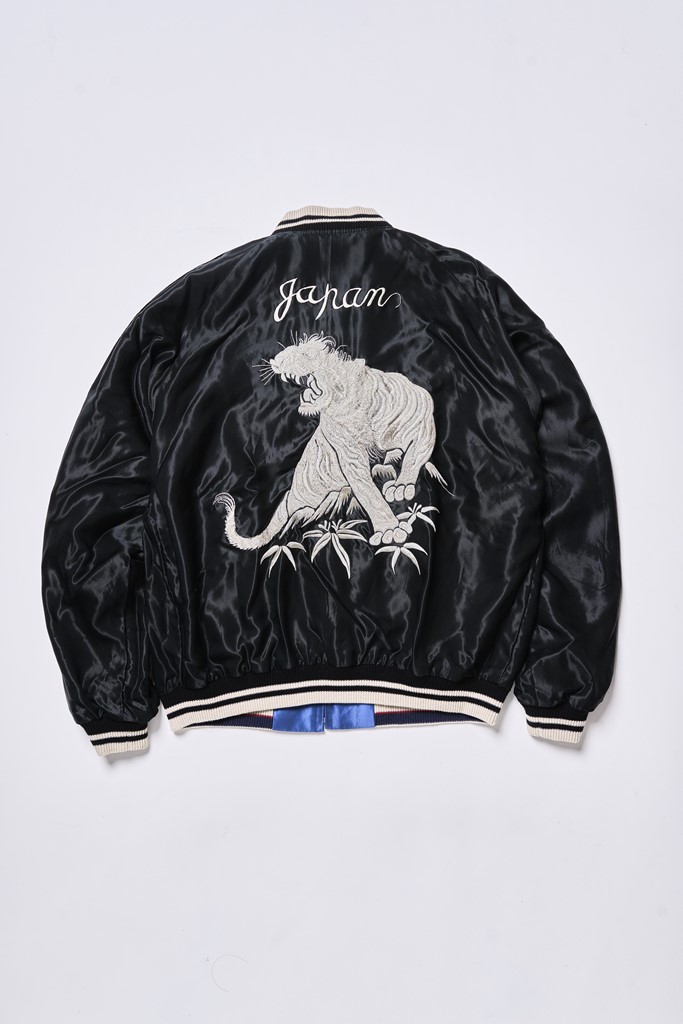
Released in January 2023, this limited-edition sukajan jacket is a collaboration between Avirex, known for its expertise in military design, and Tailor Toyo. It features a striking white tiger and military-style embroidery, combining the best of both brands.
These items showcase Tailor Toyo's commitment to quality and craftsmanship, making it a favorite among those who appreciate sukajan jackets and vintage-inspired fashion.
